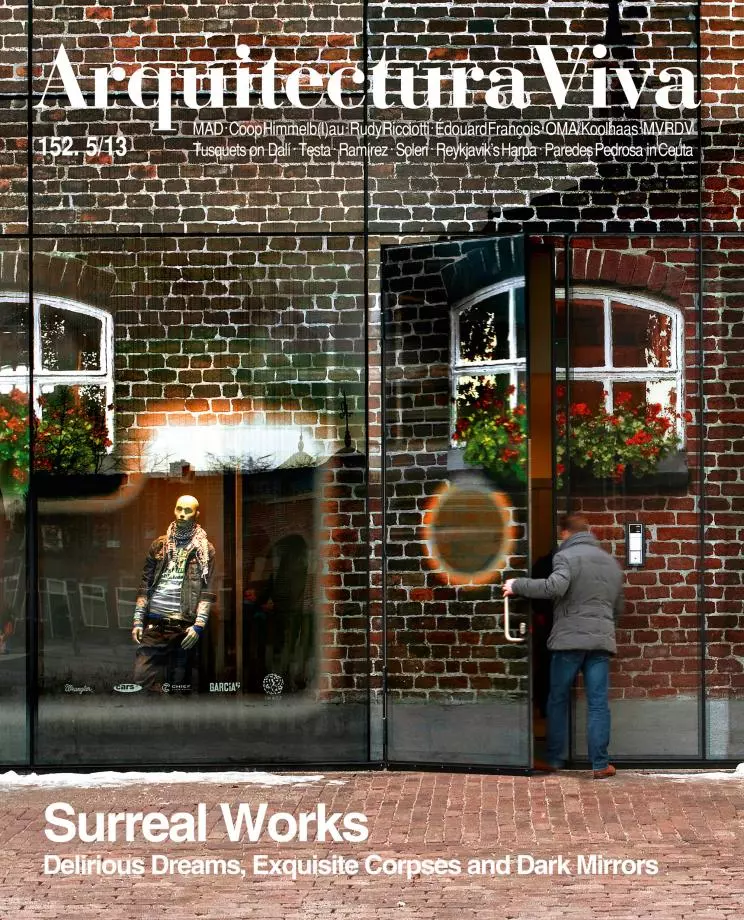
Architecture is in anguish, it teeters; it is in danger of dissolving, fragmenting and dispersing into other professions. It is a death threat that is part of the general course of the world. What will then remain of this occupation, of its old glory, of its former ostentation? With the new ways of organizing work and the values dominating our times, those of economic liberalism and globalization, where is it headed?
The thirty years after the end of World War II had gotten us used to understanding architecture in production terms: bridge cranes and prefabrication, large complexes and facilities, new cities. This led to reflections on social themes, like a sign of confidence in progress. The postmodern years were witnesses of a collective deception: return to history, to styles and symbols, to genius loci, as well as a reencounter with the ancient city and heritage. Later, architects felt that they were losing control over the territory. They understood that the city was not only a functional machine, as the moderns had wanted, nor a work of art, as the postmoderns would have it, but an indomitable reality, an irreducible ‘substance’, as Koolhaas called it; a process that unfolds in the world, or better, the new world of emerging countries. It is the city without an identity of its own that spreads from Lagos to Vancouver: a bulldozer indifferent to landscapes and history. In this context, the parallel feeling that Europe is ‘museufying’ is just an illusion, for photographs taken from space reveal a different reality. The conurbations have little to do with the categorical and reassuring lines that used to be drawn between city and countryside. Everywhere is growth and urban hypertrophy.
The years of globalization, of primacy of the economic, have changed issues and values: luxury, fashion, hedonism, individualism, cultural consumerism and generalized tourism, the demands of competition, marketing and the power of the media. All this has frequently given rise to spectacular architecture, following the model of the Guggenheim Museum of Bilbao.
Should we despair? Is architecture finished? Obviously not, for architecture is fundamentally a tactile, flexible, opportunistic art with an ability to remake itself over and over again on new principles. And new paths have now opened. First, of the kind that are technical, economic, and above all ecological, in the heat of anxiety about energy that calls on architects on one hand to build better, and on the other hand to create new imageries based on the use of materials like wood and earth. Second, social paths: interest in informal settlements, recycling and restoration. Third, cultural ones, thanks to the internationalization of the habits of elites, all as bourgeois as they are bohemian, anywhere on the planet.
Like music, like literature, like painting or sculpture, architecture in addition to being a complex technical discipline is an art. This means that it knows how to admit any momentum, any economic or cultural situation, giving rise to ever new attitudes. So between a surprising Frank Gehry or Jean Nouvel object, the jokes of one (architecture can crack jokes too) and the small pleasures of everyday life – a cottage in the country, microarchitectures – there will always be room for reflection or for an experience of a spatial, aesthetic or social nature. One of the most appreciated titles in the Ancien Régime was ‘Architect of the King’s Small Pleasures’: maybe today, after all that has happened, we have reached the end of an Ancien Régime.





